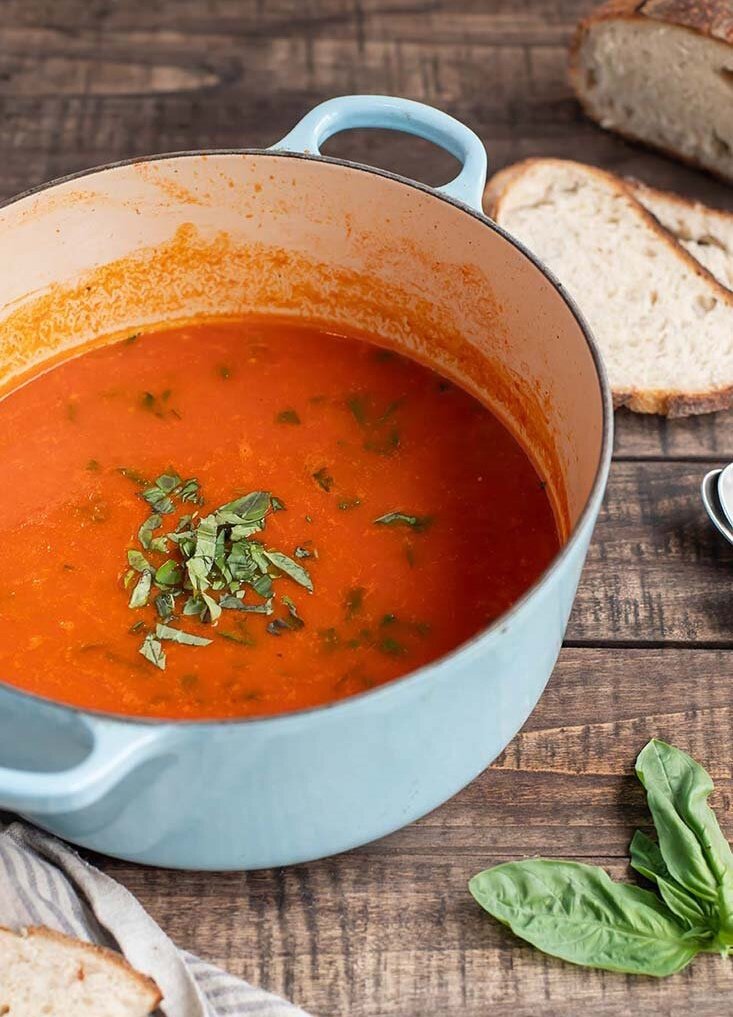Humarsúpa - An Icelandic-Style Soup
/1/12/2019 Update: I love this recipe. It’s been on the blog for years, and my photography has come a long way, so I gave it a face lift — same recipe as always, though!
I've been waiting for the right moment to make this soup. A day when everything outside just feels chilled and frosted over and the wind is whipping at the windows.
When we visited Reykjavik this summer, there was a full-blown wind storm gusting us from little shop to little shop. It forced us to accept every offer of free coffee, and left us chilled to the bone. By noon, we were begging for soup. We wandered down to the pier and found a boater’s hut serving Humarsúpa. There were plenty of tables outside, but all were vacant as all the customers huddle inside to evade the wind.
We ordered and found a seat at an old wooden cafeteria-style table, fishing nets and other sailing equipment (which I maybe could’ve named, if I new better), hung from the ceiling and the walls as decoration.
So…
What’s humarsúpa?
It’s a creamy soup made with langoustine (langoustine is a type of prawn similar to lobster, known as the “Norway Lobster”) and potatoes and a touch of curry powder. It’s a bit like lobster bisque, though langoustines are lighter in flavor.
And if you’re thinking, But where can I find langoustine? You’re in luck! I buy it in the frozen foods aisle at Trader Joe’s — imagine that! It’s already shelled which makes putting this soup together a breeze!
This soup is lighter than most chowders, with a broth base and a cup of cream. (You can use coconut milk for dairy-free). I don’t use a roux to thicken it, it doesn’t need it — but if you are looking for a much thicker soup consistency, you might want to add a roux to the beginning.
The curry powder makes each bowl a bright yellow color, a little splash of sun on the greyest day.
On that most windy day, sitting on the edge of Reykjavik’s coast, that soup was exactly what we needed — there could not have been a better thing to eat.
Every time I make humarsúpa I’m immediately taken back to the grey views in Iceland. Nostalgia in a bowl!
Humarsupa
Yield: 10 cups | Active Time: 30 minutes
Ingredients:
Directions:
- Heat coconut oil in the bottom of a soup pot on medium heat. Add onion, celery, and garlic, and stir, sautéing until onion is just starting to turn translucent.
- Add potatoes and diced carrots. Add curry powder, cayenne, salt, pepper, and broth. Place lid on pot, and simmer soup for 10 minutes.
- Reduce heat to medium-low, and add frozen langoustine tails and cream. Stir, place lid on pot, and gently simmer for 5 more minutes.
- Stir soup, and turn off heat. Ladle into bowls, and garnish with fresh chives. Serve hot.













